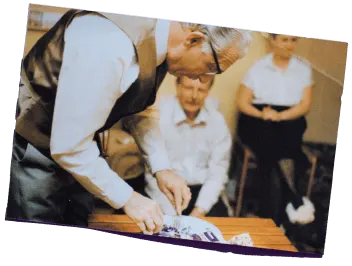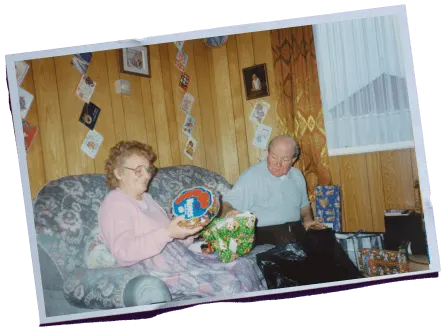Cadbury Timeline
Cadbury has been part of British culture and society since 1824.
These are the key moments from our history that have made Cadbury what it is today.
1824
The beginning
John Cadbury opened his grocer’s shop at 93 Bull Street, Birmingham. Amongst other goods, he sold cocoa and drinking chocolate, which he prepared himself using a pestle and mortar.
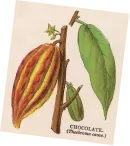

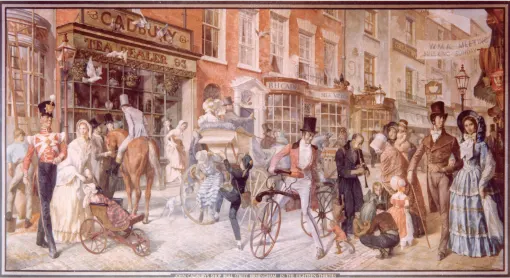
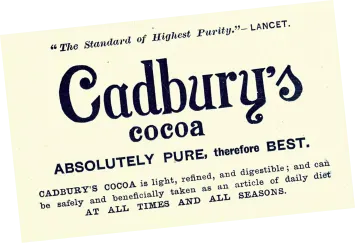
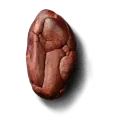
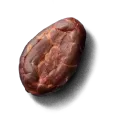
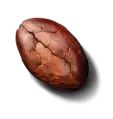
1866
The launch of Cocoa Essence
John’s sons, George and Richard, heard about a Dutch cocoa press, able to squeeze out significantly purer cocoa butter. The brothers bought one and found they could make their drinking chocolate 100% pure. They called it ‘Cocoa Essence’, and advertised it as, 'Absolutely pure, therefore best'. Sales increased so much, it marked a major turning point for Cadbury.
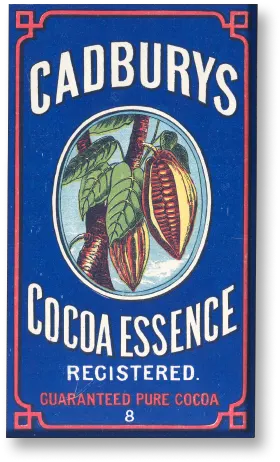


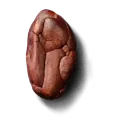
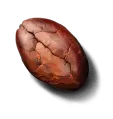
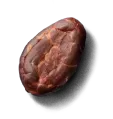
1875
Cadbury's first chocolate Easter egg
George & Richard Cadbury launched the first Cadbury Easter egg in 1875. It was made with dark chocolate and had a smooth, plain surface. They were filled with sugar-coated chocolate drops known as 'dragees'. The ritual of giving and receiving Easter eggs is now one of the nations most-loved traditions that the Cadbury brothers helped pioneer.
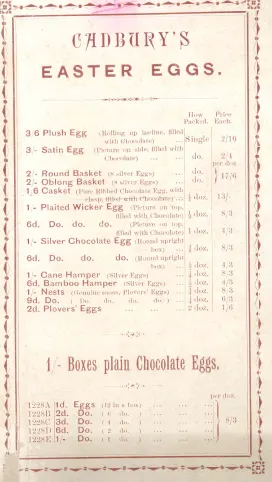
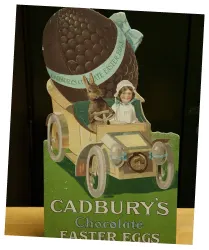
1905
Cadbury Dairy Milk Launches
George Cadbury Jr had a vision to make the most deliciously creamy chocolate, more than any other. So Cadbury’s new recipe used a whole glass and a half of full cream milk for every bar. Highland Milk and Dairy Maid were suggested - but when a customer’s daughter thought of ‘Dairy Milk,’ the name stuck. Delivered in blocks to shops, they were broken up and sold in penny bars. By the early 1920s, it was the best selling chocolate bar in the UK.
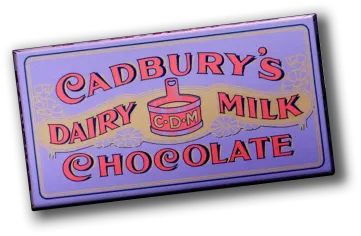
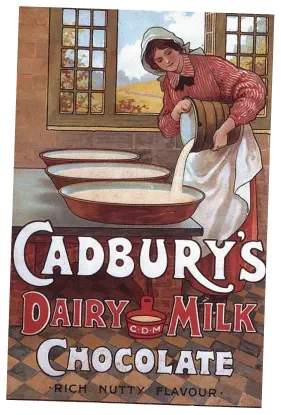
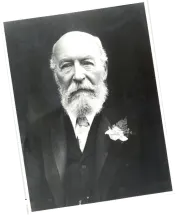
1915
Milk Tray launches
When Milk Tray was launched, shopkeepers would lay out an assortment of ‘Milk’ chocolates on a display ‘Tray’, for customers to choose from and buy by the pound. Until Milk Tray, gift chocolates were very expensive, so Cadbury opened up a way for more people to afford them. By the 1960s, Milk Tray was really popular, and introduced the iconic Milk Tray man on TV ads.

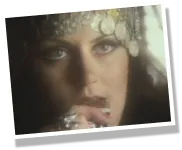
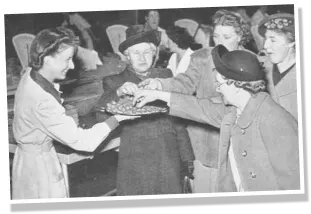
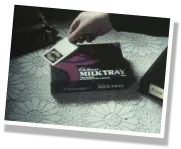
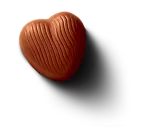
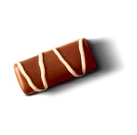
1920
The creation of the Flake
In 1920, a factory employee noticed how the chocolate overflowing from a mould fell into folds, which then inspired the idea for the Flake. From the 1960s, our iconic Cadbury Flake Girl took to our screens and advertised the flakiest, crumbliest chocolate. Cadbury Flake also became famous as the chocolate that comes with the 99 ice cream cone!

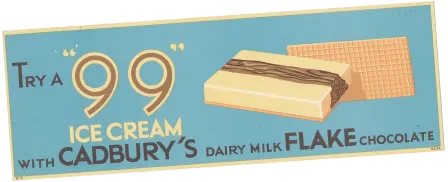
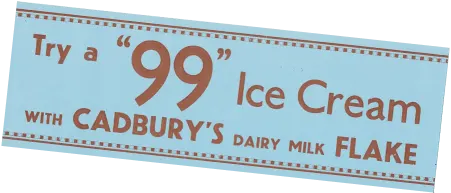


1971
The one and only Creme Egg is launched
In 1971, Cadbury Creme Egg was launched and it soon became a fan favourite, due to its unique goo filling which is encased delicious milk chocolate shell. People love them so much so they soon found their own unique way of eating them! This gave the advertising team many great ideas leading to the long-running campaign, ‘How do you eat yours? And in 2023, it was bought back with a competition twist ‘How do you NOT eat yours?
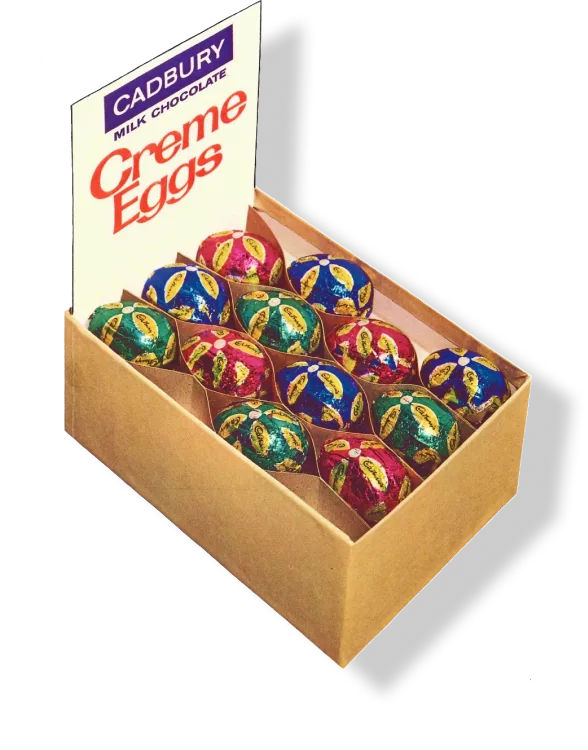
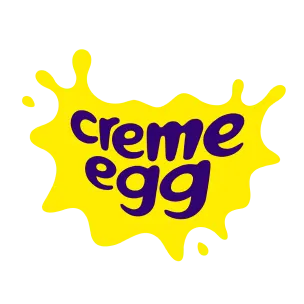
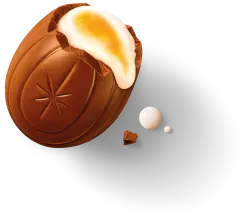
1983
The launch of Wispa
It was launched nationally in ‘83 after a trial run in the North East of England. Then, to Wispa lovers’ astonishment, it was discontinued in 2003. They weren't happy about this at all, and set up online petitions, campaigns and groups, to bring Wispa back. Supporters really grabbed the media’s attention when, in 2007, they invaded the stage at Glastonbury with a banner demanding, “Bring Back the Wispa”... Wispa was back on the shelves the following year!
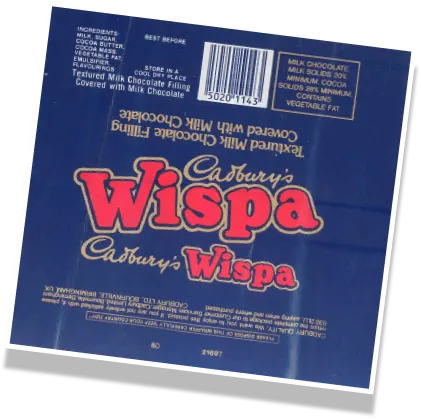
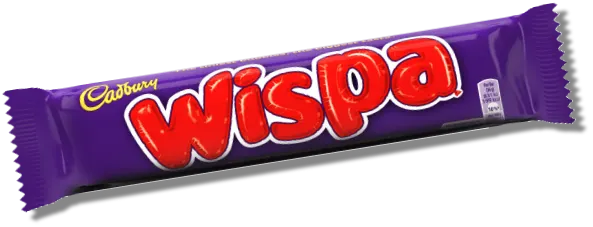
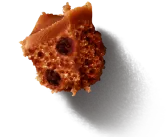
1990
Cadbury World opens
Bournville factory tours were becoming more and more popular. But as chocolate production was in full flow, it wasn't always easy to manage the growing number of visitors. So plans were put in place to build Cadbury World: a place for fans to discover how their favourite confectionery is made and uncover the fascinating story of Cadbury. It was a hit, welcoming over 350,000 visitors in the very first year!
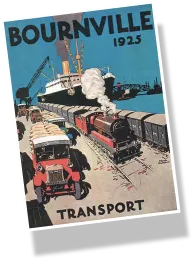

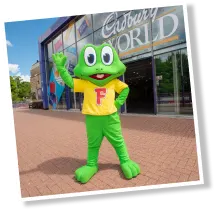
2007
The Gorilla TV ad
The ad that stuck in everyone’s mind for ages. Who can forget the gorilla drumming along to the classic 80s hit “In the Air Tonight”. Brought to you by Cadbury to make you smile, this advert was, for a time, the most viewed advert on YouTube. It spawned countless imitations across the internet and propelled Phil Collins back into the charts.
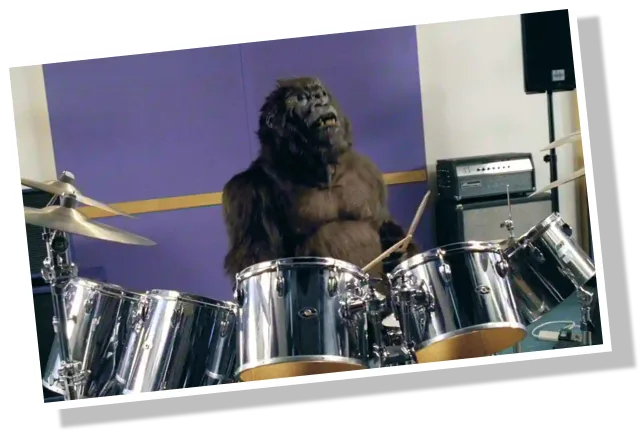
2012
Cadbury sponsors the Olympics
Cadbury proudly sponsored the Olympics and Paralympics, becoming the official confectionery and ice cream sponsor of London 2012. The company said: "It's entirely appropriate that the biggest sports event that Britain has seen is supplied with British confectionery”. At the heart of the campaign was the Spots v Stripes platform, based on the idea that playing games helps bring people together and build local spirit.
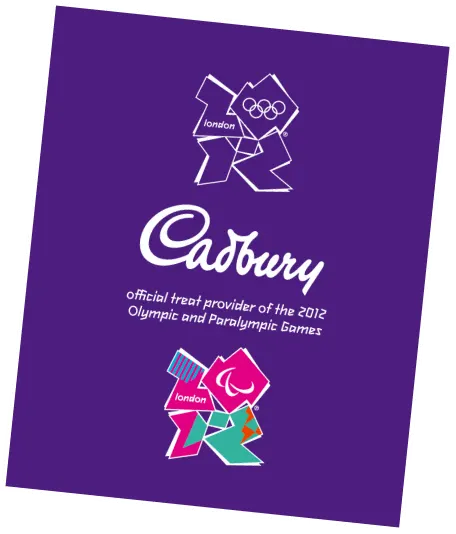
2017
The launch of Cadbury FC
We kicked off our exciting partnership with the Premier League in 2017, harnessing our generosity to bring the nation closer to their favourite sport than ever before – offering incredible access to match tickets, money-can't-buy experiences, signed merch, as well as the opportunity to meet our epic Cadbury FC ambassadors. Today, we partner with the biggest UK clubs, partners & Cadbury FC ambassadors to support, grow and inspire local communities.
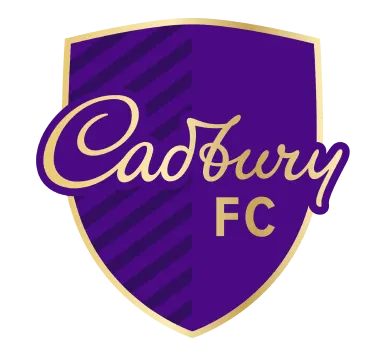
2018
There’s a glass and a half in everyone
Cadbury has always had a generous heart. John Cadbury and his sons chose to see the good in people, to see the small but meaningful acts of kindness and generosity that play out around us everyday: a kind word here, a helping hand there. We thought we could do with a little more of that spirit today, so we set out to show that there really is a glass and a half in everyone in our advertising.
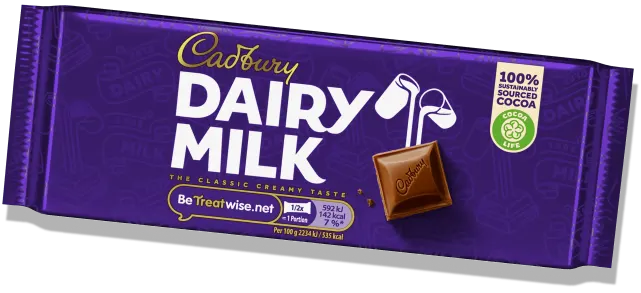
2024
CELEBRATING 200 YEARS OF CADBURY
As we celebrated being ‘Yours for 200 years’, we turned our attention to those who made it possible. You, the British public. From our employees at Bournville, to our retailers and everyone else at home, all of you have made Cadbury what it is today.

